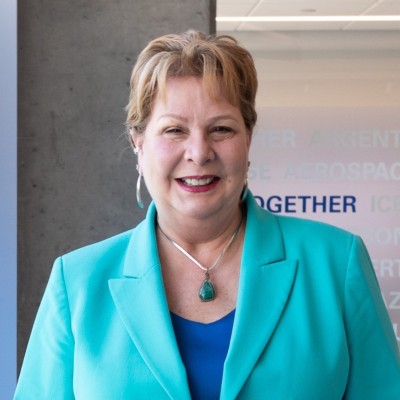
This editorial article is a part of Civic Tech Month of Technical.ly's editorial calendar.
Students in the region started school virtually last Monday amid the ongoing pandemic. But a lingering question remained: Would every student be able to access their classes, or would the reported half of District families who told city government they didn’t have adequate digital access to start the school year be left out?
A government program that launched this week aims to tackle the issue: D.C.’s $3.3 million Internet for All initiative is providing free internet access for the 2020-2021 school year to 25,000 low-income students and families from DC Public Schools (DCPS) and public charter schools.
The initiative was launched by Mayor Muriel Bowser and will be managed by the Office of the Chief Technology Officer (OCTO) and the Office of the State Superintendent of Education (OSSE). OSSE allocated the funding for the program, which will prioritize providing free internet to SNAP and TANF eligible families who have been disconnected.
“The COVID-19 pandemic amplified the need for bridging the digital divide in Washington, D.C.,” said D.C. CTO Lindsey Parker in a statement. “As schools begin classes online, students without regular access to the internet are at a severe disadvantage. The Bowser Administration is committed to work with our partners and our community to break this cycle and create a fair shot for everyone in D.C.”
OCTO and OSSE will coordinate with Comcast’s Internet Essentials and RCN’s Internet First programs to provide free internet as part of the initiative; both Internet Essentials and Internet First typically cost $10 per month for eligible households. (Technical.ly has reported on similar government-coordinated initiatives involving Comcast in Philadelphia and Baltimore.) Comcast and RCN are among the top high-speed internet providers in residential areas in the District along with Verizon Fios, Starry Internet and Viasat.
Eligible families for the initiative can expect to hear from OCTO directly via email, phone or text to get connected. The office started reaching out to families on Sept. 8 requesting information including name, address, phone number, email and their internet provider choice. Outside of families needing to be SNAP and TANF eligible, households must have students enrolled in grades ranging from preschool to 12th.
“This investment continues our commitment not only to supporting families during virtual school term, but also to building a more digitally-inclusive DC in the long-term,” Bowser said.
The launch of the Internet for All program marks the first action from OCTO’s new Tech Together initiative which is a partnership between D.C. government, local nonprofits and industry leaders to help bridge the digital divide in the District. The initiative is focused on increasing internet access, providing IT support, bringing more tech awareness and training to certain areas, and increasing the local government’s tech savviness. Its launch follows a tense budget season that saw proposed cuts to the District’s digital equity programs, especially for adults in need of help accessing technology.
Join the conversation!
Find news, events, jobs and people who share your interests on Technical.ly's open community Slack

This Week in Jobs: Get out there with 22 new job opportunities available to you!

‘The marriage of music and tech has always existed’: Music industry leaders talk promise, harm of AI

'Be bold': This digital innovation and business strategist urges fellow women leaders to be their authentic selves


